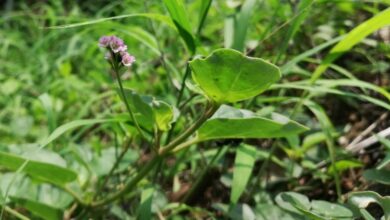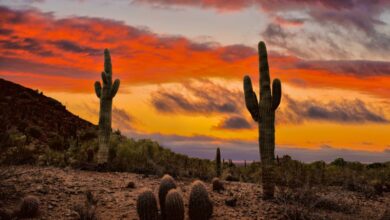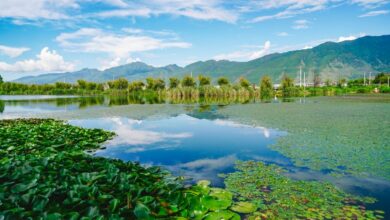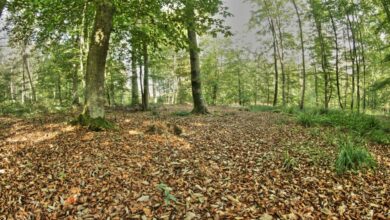Montane Forests
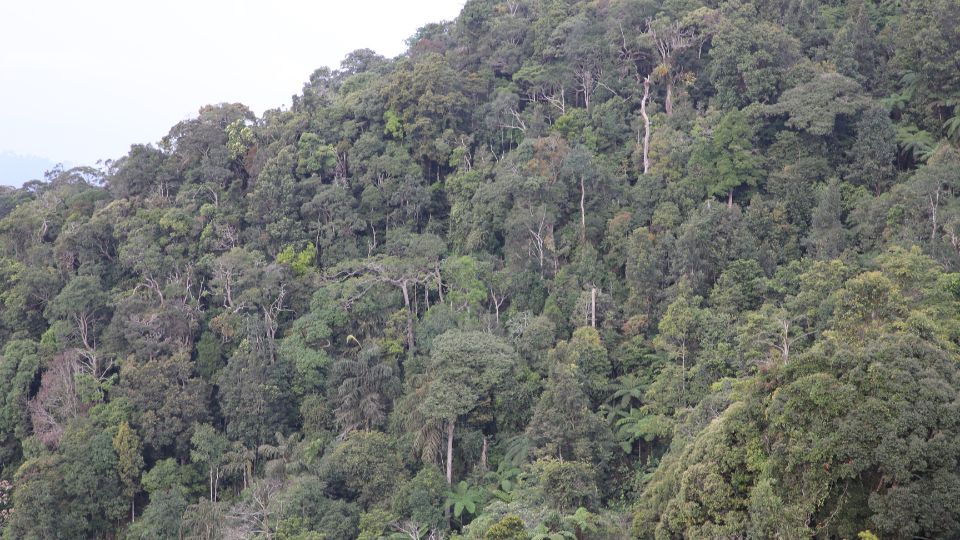
Montane forests, also known as mountain forests, are ecosystems found at high elevations, typically above 1,000 meters. They are characterized by cool temperatures, high precipitation, and diverse plant and animal life adapted to the harsh conditions of the mountainous terrain. Montane forests can be found on every continent and can include a variety of different types of vegetation, such as conifers, broadleaved trees, and shrubs.
They play an important role in regulating the Earth’s climate and water cycle, and are also home to many endangered species. Due to their remote location and rugged terrain, montane forests are often difficult to access and study, but they are considered to be one of the most important ecosystems on the planet.
Characteristics of Montane Forests
Montane forests are characterized by several key features that distinguish them from other types of forests:
| Characteristics of Montane Forests | Description |
|---|---|
| Elevation | Typically found at elevations above 1,000 meters, with some found as high as 4,000 meters. |
| Temperature | Generally cooler than at lower elevations. |
| Precipitation | Receives high amounts of precipitation, in the form of rain or snow. |
| Vegetation | Diverse, including conifers, broadleaved trees, and shrubs. Trees have adapted to the harsh conditions of the mountainous terrain. |
| Wildlife | Home to a wide variety of plant and animal life adapted to the unique conditions of the mountainous environment. |
| Soil | Thin and nutrient-poor, due to the rocky terrain and high elevation. |
| Topography | Found on mountains, characterized by steep slopes and rugged terrain. |
| Climate | Specific climates vary depending on the location and altitude of the forest. |
Montane forests are also important to the planet’s ecology, as they act as a “water towers” for downstream areas, are a significant store of carbon, and are home to many unique and endangered species.
Types of Montane Forests
There are several different types of montane forests, each with its own unique characteristics:
| Types of Montane Forests | Description |
|---|---|
| Tropical Montane Forests | Found in tropical regions, such as in Central and South America and Africa. Characterized by high biodiversity and endemism, and are often threatened by human activities such as logging and agriculture. |
| Temperate Montane Forests | Found in temperate regions, such as in the western United States, Europe, and Asia. These forests are composed of conifers and broadleaved trees, and are known for their relatively mild climate and rich biodiversity. |
| Boreal Montane Forests | Found in boreal regions, such as in Canada and Russia. These forests are dominated by conifers and are characterized by long, cold winters and short summers. |
| Alpine Montane Forests | Found in alpine regions, such as in the Rocky Mountains and the Himalayas. These forests are found at the highest elevations and are characterized by harsh conditions and a limited range of plant and animal species. |
Other Types of Montane Forests
- Subalpine Forests: typically found between the montane and alpine regions. They are found in the transition zone between the lower montane forests and the higher alpine tundra.
- Montane Grasslands and Shrublands: They are usually found in the lower elevations of montane regions, often at the edge of montane forests. They are characterized by grasses and shrubs and have a lower tree density than montane forests.
Unique Characteristics of Montane Forest Plants
Montane forest plants have several unique characteristics that allow them to survive and thrive in the harsh conditions of high elevations:
| Unique Characteristics of Montane Forest Plants | Description |
|---|---|
| Adaptation to low temperatures | Smaller leaves and thicker bark that allow them to survive in the cool temperatures of high elevations. |
| Adaptation to low sunlight | Larger leaves or more upright growth habit to adapt to lower levels of sunlight found at high elevations. |
| Adaptation to nutrient-poor soils | Deep roots and efficient nutrient-gathering strategies to survive in the nutrient-poor soils found at high elevations. |
| Adaptation to high winds | Sturdy stem, thicker bark, and more flexible branches to resist strong winds commonly found at high elevations. |
| Unique reproductive strategies | Producing seeds that are able to remain dormant for long periods of time. |
| Unique leaf structures | Needle-like leaves that help to reduce water loss in the dry and cold conditions. |
| Unique growth habits | Creeping, crawling or climbing on other plants to reach sunlight. |
| Unique symbiotic relationships | Symbiotic relationships with other organisms such as mycorrhizae, lichens and mosses that help them to survive in the harsh conditions. |
Importance of Montane Forest Plants
Montane forest plants play an important role in maintaining the ecological balance of high elevation ecosystems and also have significant economic and cultural values:
- Biodiversity: Montane forest plants are an important source of biodiversity, providing habitat for a wide variety of plant and animal species.
- Climate regulation: Montane forest plants play a critical role in regulating the Earth’s climate by absorbing and storing carbon, releasing oxygen, and influencing precipitation patterns.
- Water cycle: Montane forests act as “water towers” for downstream areas by releasing water slowly, maintaining river flows, and reducing the risk of flooding.
- Soil conservation: Montane forest plants help to stabilize the soil and prevent erosion, which is particularly important in mountainous regions where soil is thin and easily washed away.
- Economic value: Montane forest plants are an important source of non-timber forest products, such as medicinal plants, berries, and nuts, and also have value as timber and ornamental plants.
- Cultural value: Many indigenous communities have a deep cultural connection to montane forest plants, using them for traditional medicine, food, and spiritual practices.
- Recreational value: Montane forests are popular for recreational activities such as hiking, camping, and bird watching.
- Research and education: Montane forest plants are important for scientific research and education, providing opportunities for studying the unique adaptation and evolution of high elevation species.




